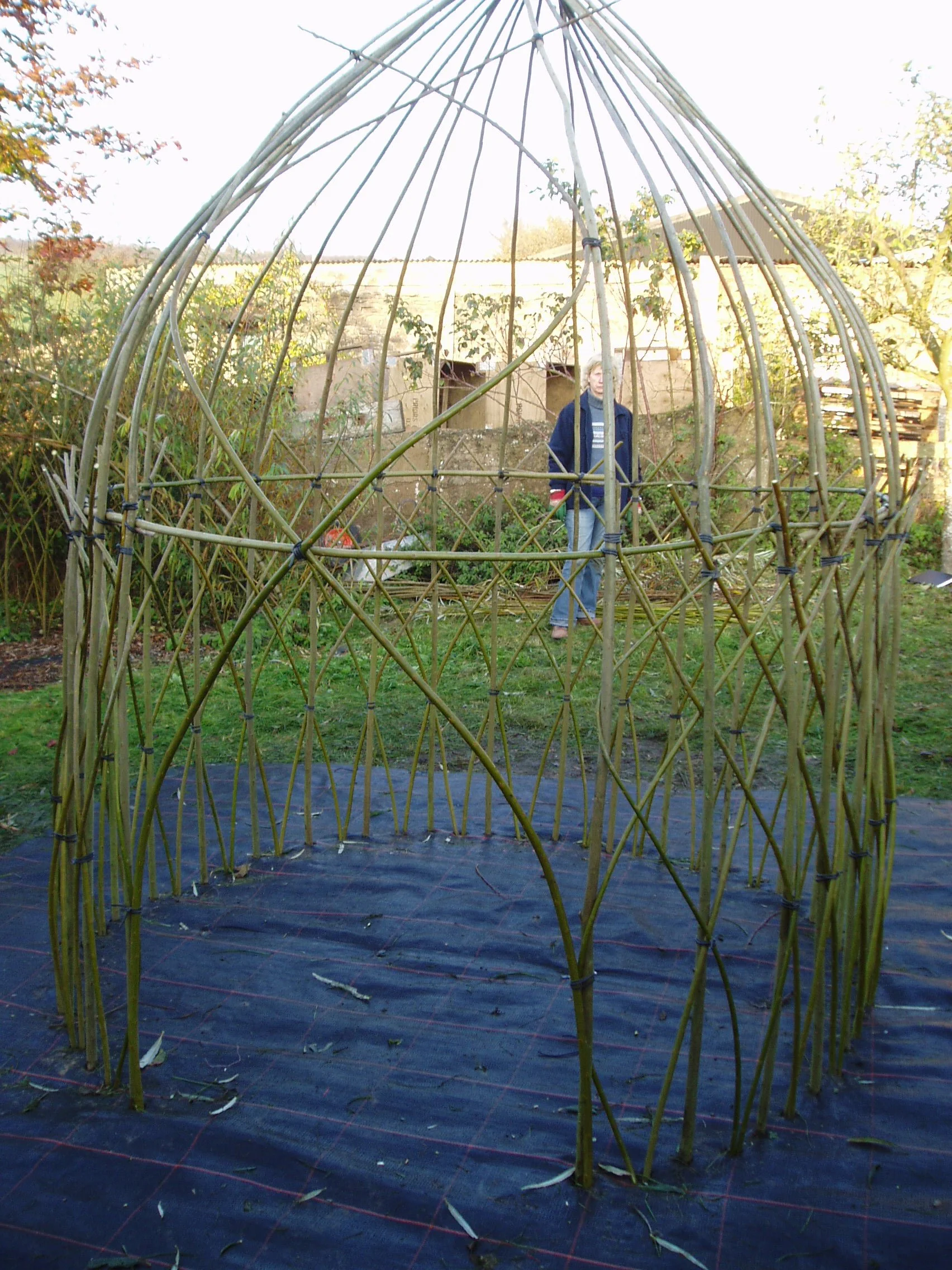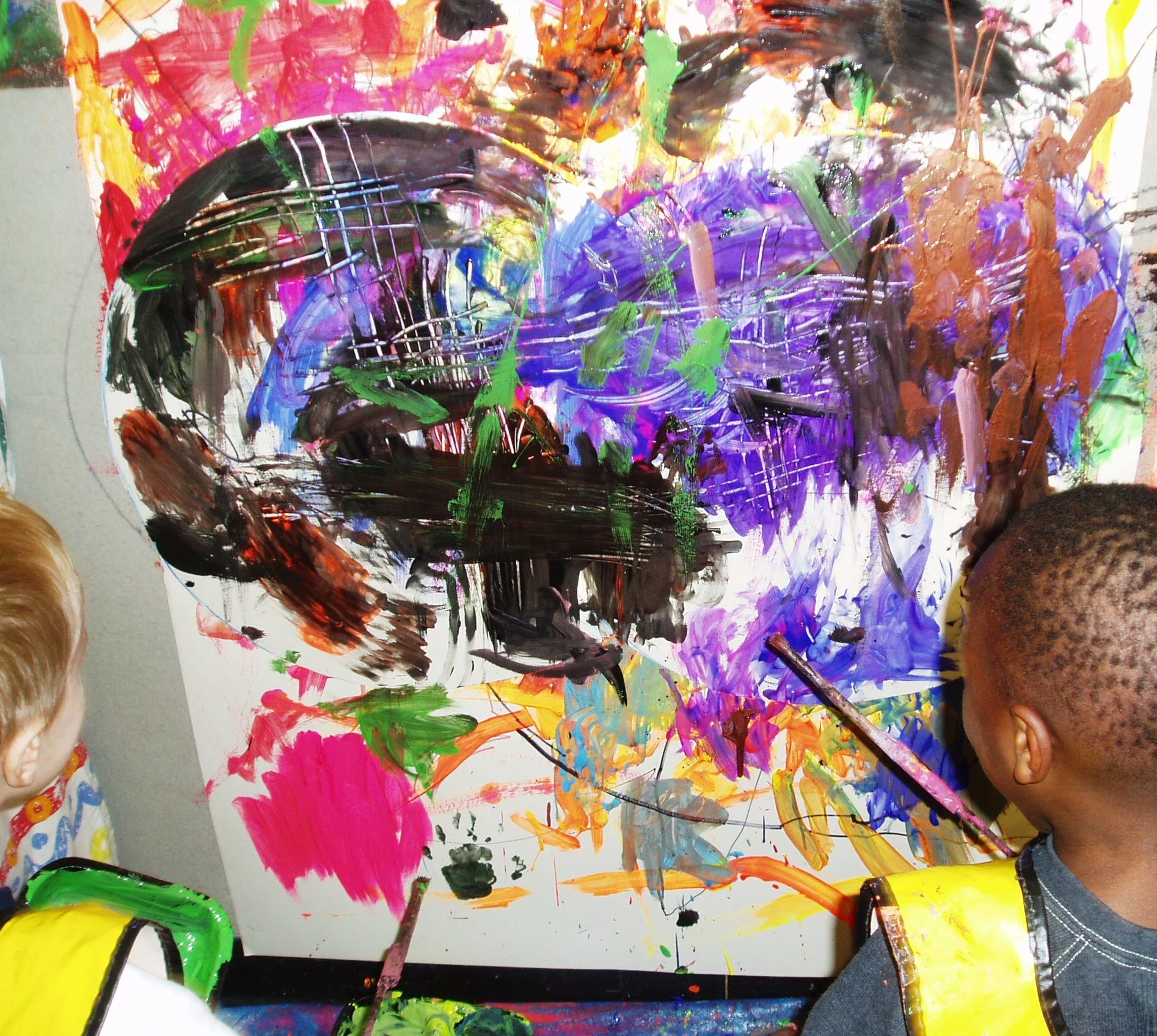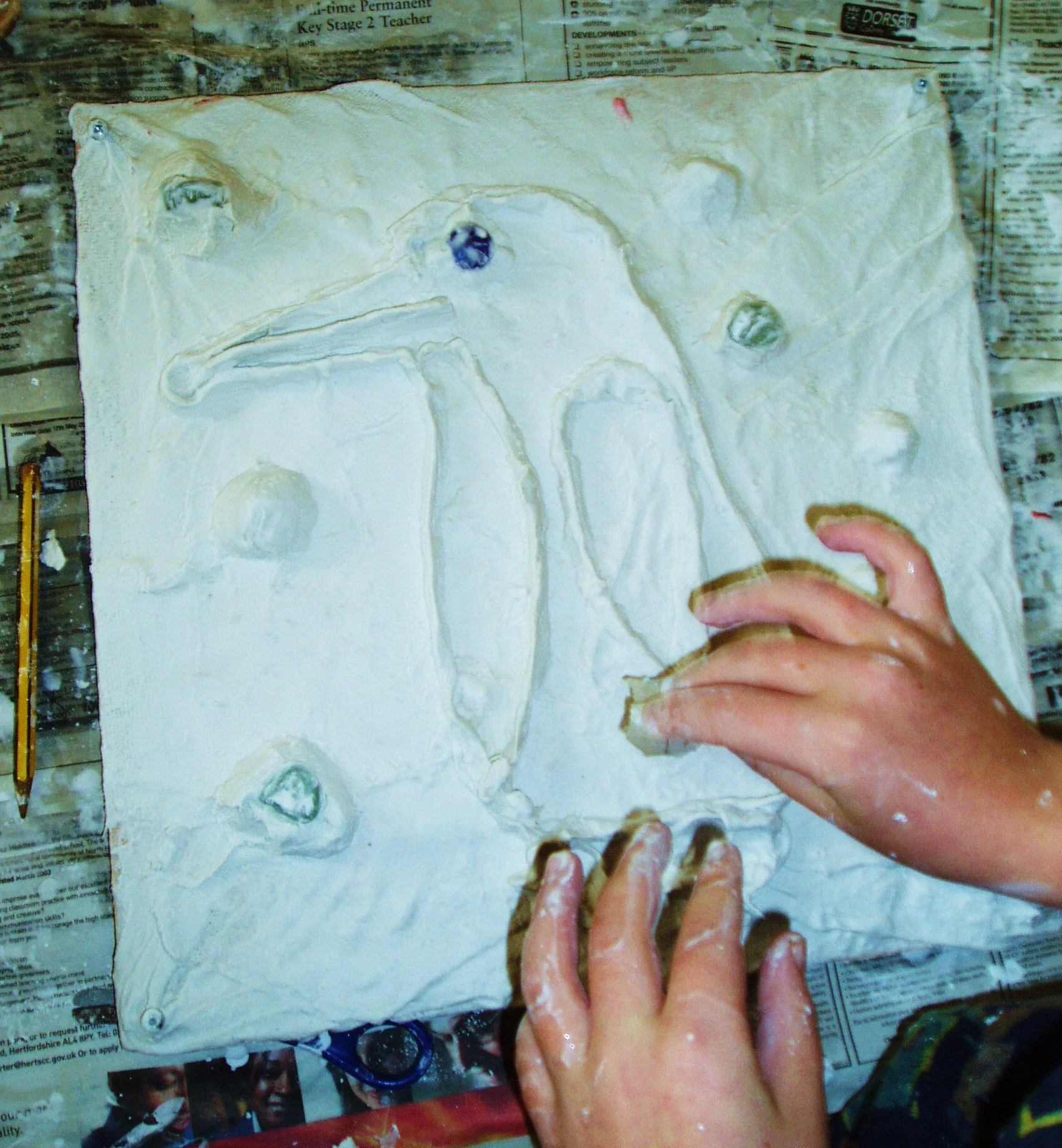Professional paths that shaped my art
The ground beneath my practice
Pre-Digital Beginnings
Let’s put this era in perspective. There were no mobile phones—only rotary-dial telephones at home or public phone boxes. Much of the photographic record from those years exists simply because someone happened to have a film camera to hand. Being an art student then was a very different experience, shaped by slowness, scarcity and physical process in ways that are hard to imagine now.
Digital images don’t appear in my archive until around 2008, when I bought my first SLR. Before that, my first small digital camera arrived in the early 2000s, and my first mobile phone was issued through my work at Tate. That role also introduced me to email and the World Wide Web in 1999.
Art Handling Technician – Tate Gallery, London (1998–2001)
I worked as an Art Handling Technician across Tate Britain, Tate Modern, and the Tate Stores, installing, caring for, and transporting artworks of every scale.
For my first year I was the only female technician in a department of around twenty men. I was part of the intake being trained in preparation for the installation and launch of Tate Modern in 2000 — a formative time. I remember walking through the Turbine Hall before it became a gallery space, wearing a hard yellow hat on site visits while the building was still under construction.
The first painting I moved was Monet’s Waterlilies. Not long after, I had my photograph taken while installing a Mondrian — moments that now feel like small rites of passage. It became a daily practice to encounter world-famous artworks unframed, unglazed, and unmediated — in their raw, physical presence. That experience of proximity, precision, and care shaped my understanding of how artworks live in the world.
I later became a Team Leader during the Tate Modern installation, collaborating closely with artists, conservators, and curators. I also represented the department in national training initiatives, supporting museums across the UK in developing best practice in art handling.
These years grounded me in process, spatial awareness, and the physical intelligence of artworks — principles that continue to shape my studio practice today.
Art Handling & Registrars Department; Tate Modern Turbine Hall (photographed by Andrew Dunkley) 2001
Model Maker – G&T Production Ltd, London (1986–1996)
I began as a studio junior, working my way up to paste-up artist in the days before computers reshaped the industry.
As the studio grew and technology shifted, I was given the chance to explore modelmaking and discovered a natural flair for it — precision, problem-solving, and translating ideas into three-dimensional form.
It was a time of rapid technological change: I remember seeing a fax machine for the first time, working on shows promoting the arrival of the World Wide Web, and my boss carrying one of the earliest “brick” mobile phones. The studio evolved quickly, and so did my role within it.
Full-time, I specialised in 3D modelmaking for exhibition design, stage sets, and large-scale marketing displays. Skilled in interpreting technical drawings, fabricating detailed scale models, and supporting the translation of designs into full-scale installations.
Clients included Lever Brothers, Cable & Wireless, Nokia, The Ivor Novello Awards, British Airways, and Abbey National. Click on images to enlarge.
Teaching Early Years and Artist in School Projects 2002-2008
Working with early years and in artist-in-schools projects has shaped my own practice in lasting ways.
Children approach materials with a kind of fearless clarity — they leap in, improvise, and trust the process without overthinking. Watching how they transform simple prompts into unexpected outcomes has repeatedly nudged me back towards openness, play, and intuition in my own work.
Many of these projects took place outdoors, where learning and making were woven into weather, movement, and place.
Using art as a vehicle for education — for storytelling, problem-solving, and connection — has deepened my understanding of how creativity functions beyond the studio. Those experiences continue to inform how I engage with materials, landscape, and experimentation. Click on image to enlarge.

















































































